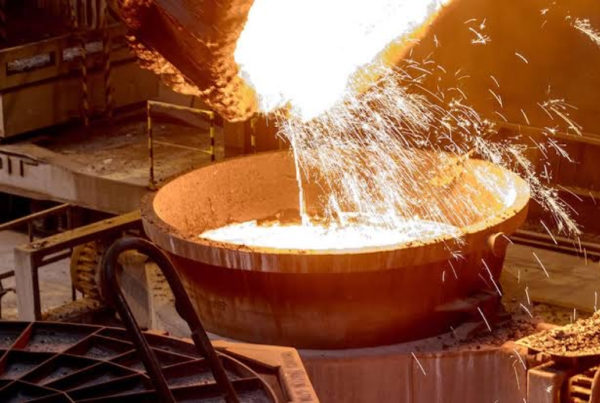
Last year was a turbulent one for most global commodity markets. Steel markets stunted by the impact of the Covid-19 pandemic experienced significant highs and lows. But this was not the first time a crisis muted global markets. The global financial crisis (GFC) of 2007-08 caused extreme volatility across all major steel-producing regions – including North America, Europe and Asia.
In 2020, the price of many steel products increased to record highs, spiking in line with short supply. The prices of steelmaking raw materials also moved violently during the year.
Similarly, 2008 was another year of unexpected and relentless volatility for global steel markets. Mills decreased operational output as the crisis extinguished demand globally.
Our steel industry experts have analyzed 2020 against the events of 2008 from a regional perspective. Here, we look at the differences as experienced in the North American, European and Asian steel markets, and speculate as to where each market is headed.
North America
In North America, things appeared to be different this time around. Environmental pressure and uncertainty around taxes and trade tariffs loomed. In 2020, the impact of national lockdowns and restricted labor caused a shortage in raw materials. Steel and raw material prices dropped during the second quarter of 2020 before rebounding in the second half of the year. The price of most raw materials continued to lag. In 2008, a commodity rally in the first eight months of that year ended in September with the GFC, which caused the price of steel and raw materials to crash.
Unlike the collapse of 2008-09, we expect a steady decline in steel prices in mid-2021. Falling prices should follow restarts in idled steelmaking capacity and new operations ramping up production.
Europe
Domestic steel prices across Europe skyrocketed during the second half of 2020. When demand resumed following pandemic-related shutdowns, steel supply struggled to keep up. Trade protection measures affected import supplies because some non-European Union suppliers diverted their shipments to alternative markets. Although prices in Europe did surge, growth was slower than in the US. Still, some believe that we are heading toward another crash, possibly mimicking the collapse of 2009.
The current rally is likely to be short-lived. Steel prices rose to record highs too fast, and the market is likely to overheat. Unlike 2009, demand should rally in 2021. Increasing output at large steel consumers such as automakers supports this predicted demand, even allowing for lower-than-expected production in the short term. Also, the construction sector should recover and is expected to reach pre-pandemic levels by the fourth quarter of 2021.
Asia
The Asian market experienced the events of 2020 and 2008 quite differently. Markets were strong in 2008 because there were no restrictions on physical activity.
In 2020, steel demand surged, supported by major markets like China and – from the second half of the year – India. This demand caused steel prices to catapult, detaching from some raw materials prices.
For instance, metallurgical coal fell in 2020 because limited demand, caused by Covid-19 lockdowns, prompted Australian export prices to trend downward. The China-Australia row did not help the downtrend. Yet HRC prices were supported by strong demand from the end-user market and a further surge in iron ore, which was driven by record-breaking demand in China and ongoing supply-side constraints in Brazil.
Chinese steel demand also broke records in 2008, while outside of Asia demand fell by as much as 5.3%, according to the World Steel Association. It was not until 2009 that the real impact of the financial crisis finally hit Asia. Even as Chinese steel and metal demand surged, owing to huge internal investment, prices there and across Asia collapsed.
In summary
So what do these unprecedented events and their impact on global steel markets tell us? In 2008, the financial crash caused price volatility, whereas in 2020, the restrictions on movement and trade were to blame.
It was not until 2010 that global markets and steel prices began to recover from the GFC. But this time around, the short-term outlook is far stronger. Whether steel and raw materials suppliers surpass or continue to struggle to meet demand will determine how prices perform. So, as you navigate the road ahead, let us help you understand which market signals to watch and how to react to those signs ahead of time.
Read full article at Fast Markets



